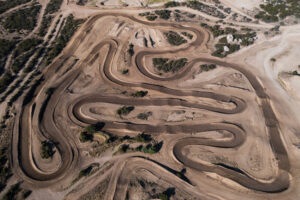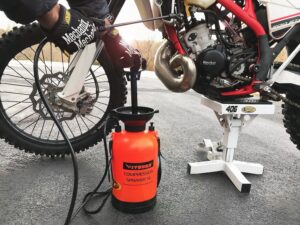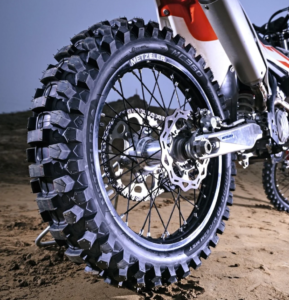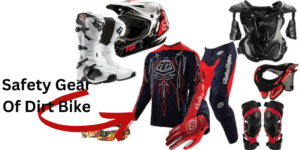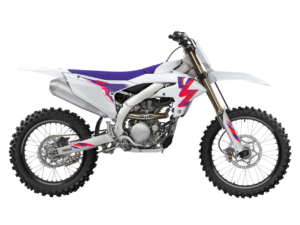Street Legal Dirt Bikes
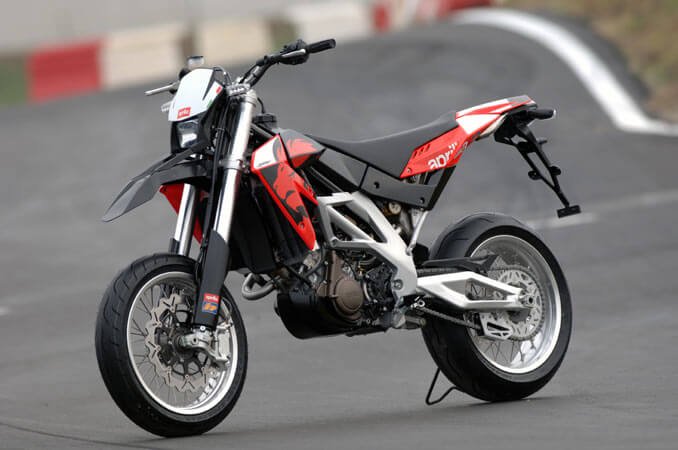
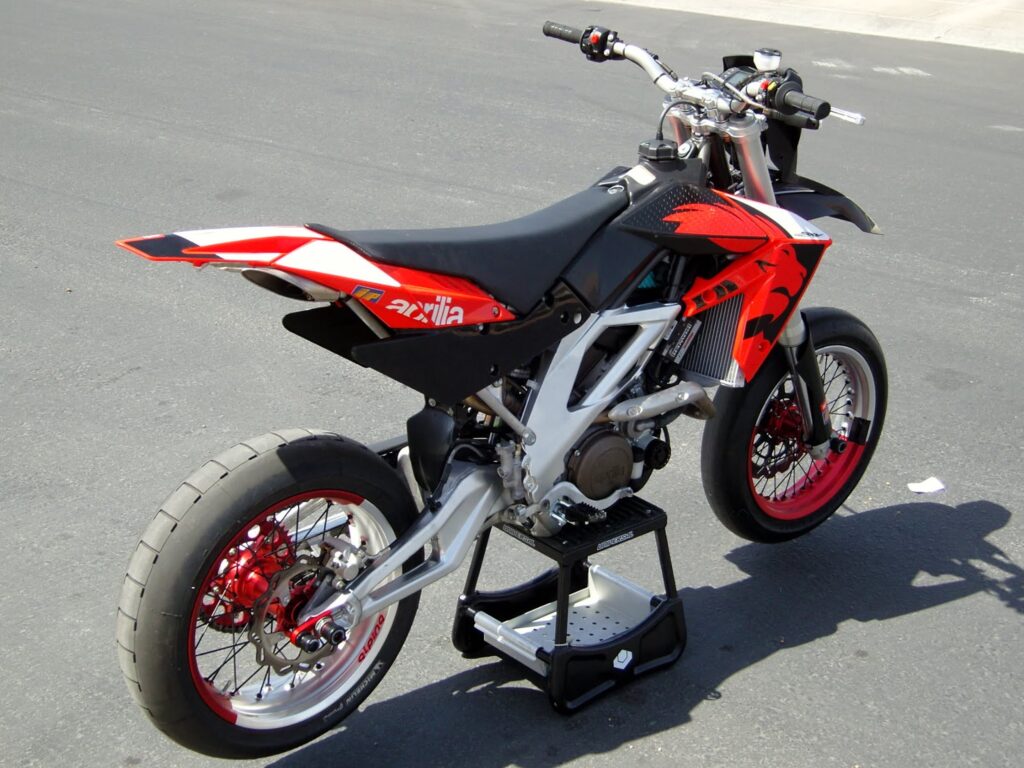
Analyzing the notion of a street legal dirt bikes entails taking into account the qualities, benefits, and potential downsides of these adaptable motorcycles suited for both off-road and on-road use. The following is a comparison of street-legal dirt bikes:
Characteristics of Street-Legal Dirt Bikes:
- Dual-Purpose Design: Street legal dirt bikes are designed to operate well on paved roads as well as off-road terrain. They usually have a good mix of on-road and off-road capability.
- Lightweight Construction: These motorbikes are frequently lighter than regular street bikes, making them more nimble and ideal for a variety of terrains.
- Off-Road Features: Off-road attributes such as extended suspension travel, knobby tires, high ground clearance, and sturdy frames are retained on street-legal dirt motorcycles.
- Street-Legal Components: Street-legal dirt motorcycles come with necessary components including headlights, taillights, turn signals, mirrors, and a license plate holder in order to abide by traffic laws.
Advantages of Street-Legal Dirt Bikes:
- Versatility:Riders of street-legal dirt motorcycles have the freedom to experience a variety of riding terrain, from rocky trails to city streets.
- Off-Road Capability: Off-road areas and trails are legally accessible to riders, providing new chances for exploration and adventure.
- Agility: Even in difficult circumstances, they are incredibly nimble because to their lightweight construction and off-road abilities.
- Fuel Efficiency: Smaller, more fuel-efficient engines are frequently seen on street-legal dirt motorcycles, which lowers fuel costs and the environmental effect.
- Customization: These motorcycles may be modified by riders with aftermarket components and extras to improve performance or cater to certain riding preferences.
Drawbacks of Street Legal Dirt Bikes:
- Limited Top Speed: Street-legal dirt bikes may have slower peak speeds than motorbikes designed specifically for the street, which restricts their ability to cruise at high speeds.
- Less Comfort: Compared to touring or cruiser bikes, their off-road-focused designs could make them less comfortable to ride long distances.
- Maintenance: A motorbike may require more regular maintenance and part replacement if it is used for off-road riding.
- Tire Wear: On paved roads, knobby off-road tires deteriorate more quickly, necessitating regular replacement.
- Higher Initial Cost: Due to their dual-purpose characteristics and additional components, street-legal dirt motorcycles might be more expensive up front.
Market Trends and Popularity:
- Due to the allure of adventure riding and the demand for adaptable motorbikes capable of handling a variety of terrains, street-legal dirt bikes have become more and more common in recent years.
- A variety of street-legal dirt bike models are available from well-known motorcycle manufacturers including Honda, Yamaha, KTM, and Suzuki, catering to various riding inclinations.
- Demand for these motorcycles has surged because to the popularity of adventure touring and dual-sport riding.
Regulatory Considerations:
- Road laws that might differ greatly at the municipal, state, and federal levels must be followed by street-legal dirt motorcycles.
- To legally ride these motorcycles on public roads, riders may need a motorcycle endorsement on their driver’s license as well as certain safety and equipment requirements.
Finally, street-legal dirt motorcycles provide a unique combination of on-road and off-road characteristics, making them a flexible alternative for riders seeking adventure and discovery. While they have certain restrictions, their popularity is growing, and technological and design developments are expected to make them even more enticing to riders in the future. Riders should, however, be aware of and follow local regulatory restrictions in order to enjoy the benefits of street-legal dirt motorcycles safely and lawfully.
Dirt Bike License Requirements
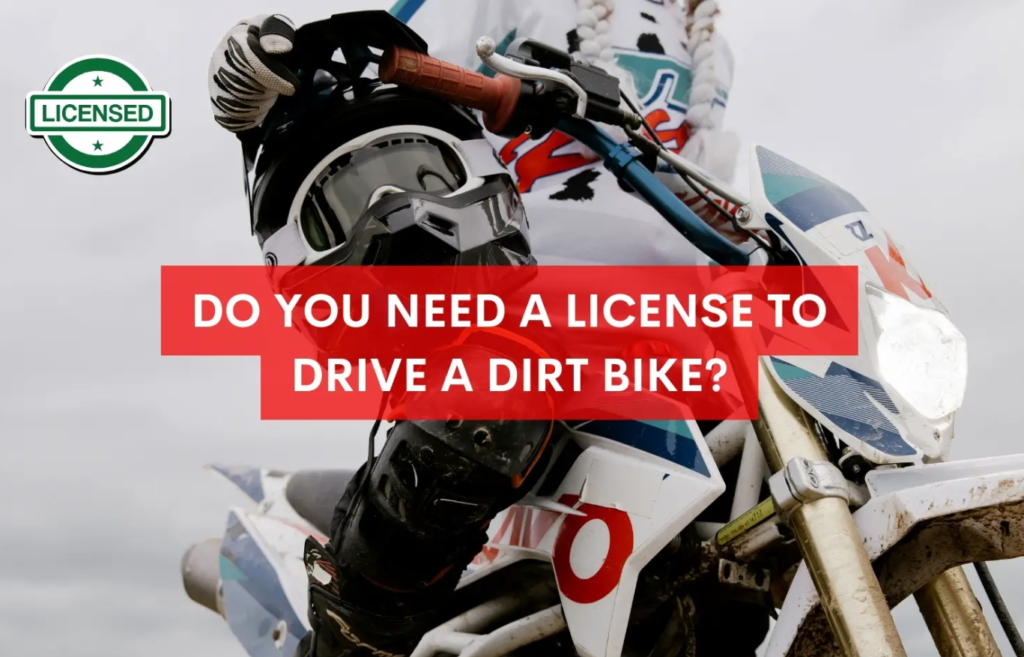
Because dirt bikes are primarily off-road vehicles, obtaining a dirt bike license or endorsement is not the same as obtaining a normal motorcycle license. The rules for lawfully riding a dirt bike vary by area, and you may not need a particular dirt bike license in many places. Here’s a quick rundown of what you could face.:
1. Age Requirements: Age limitations apply to riding a dirt bike in most places, especially for novice riders. To ride lawfully, you may need to be a specific age.
2. Licensing for On-Road Use: If you intend to ride a dirt bike on public roads or highways, you will generally require a conventional motorcycle license or, depending on your jurisdiction, a learner’s permit. Motorcycle license requirements vary, but they commonly include a written test and a skills test (riding test).
3. Off-Road Riding: It’s possible that you can ride your dirt bike without a particular license if you only use private land, approved off-road routes, or motocross courses. Though certain regions could have limits even for off-road riding, it is crucial to examine local laws and entry restrictions.
4. Safety Courses: Off-road riding safety classes are available in many areas, although they differ from regular motorcycle safety training. These programs may teach riders of all ages and abilities how to off-road responsibly and safely. It’s frequently advised for novices to finish such a course..
5. Safety Gear: Wearing the proper safety gear is essential everywhere you bike. This normally consists of a helmet that has received DOT approval, protective clothes, goggles or a face shield, gloves, and riding boots.
6. Registration and Title: Even if you solely use your dirt bike off-road, certain places could still need you to title and register it. This is frequently done to facilitate the recovery of stolen bicycles or control access to off-road areas.
7. Environmental Regulations: Environmental obligations associated with off-road riding include following noise regulations and avoiding sensitive areas like wetlands. Make sure you abide by local environmental laws.
8. Trespassing Laws: In many locations, riding on private property without permission is seen as trespassing and may result in legal repercussions.
To discover the exact criteria and laws for dirt bike riding in your region, contact your local Department of Motor Vehicles (DMV) or similar organization. The restrictions might differ greatly from one region to the next, so it’s critical to ride legally and responsibly while also considering safety.
What is a dirt bike with street tires called?
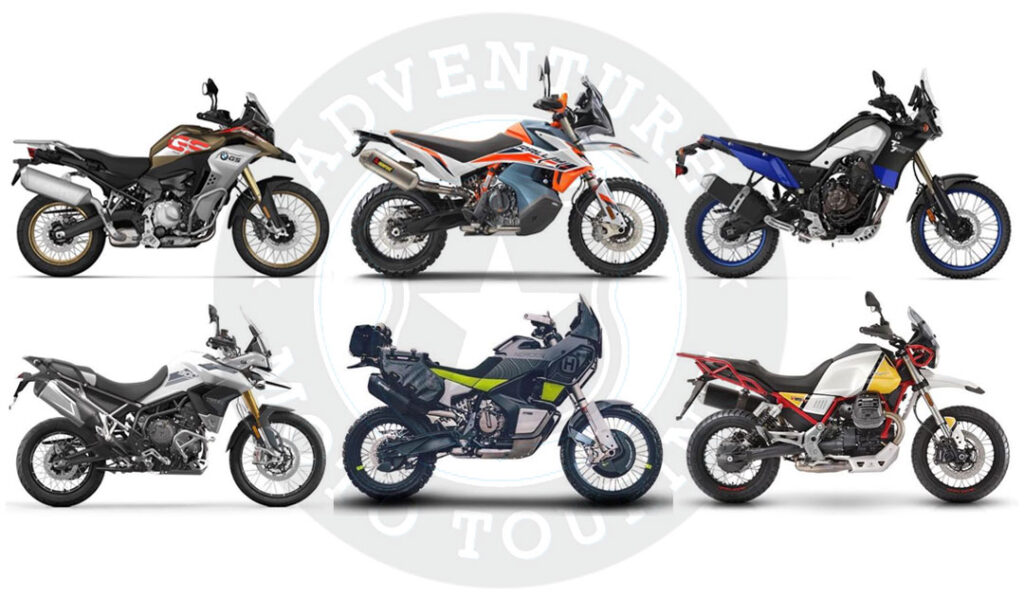
It’s usual to refer to a dirt bike with street tires as a “dual-sport motorcycle.” Motorcycles with dual-sport capabilities are adaptable two-wheelers that perform well on both paved and off-road surfaces. They can adhere to traffic laws since they are furnished with the elements required for street use, such as headlights, turn signals, mirrors, a horn, and a license plate holder.
These motorcycles successfully combine off-road and on-road performance. For handling rugged and uneven terrain while preserving rider comfort on streets, they have longer-travel suspension. The frame is built to withstand the demands of off-road riding while maintaining stability for highway speeds.
Dual-sport motorcycle engines are often adaptable, providing a combination of off-road torque and on-road speed. Tires on dual-sport motorcycles vary, but they are typically a balance between off-road and street performance, letting riders to adjust to their favorite riding settings.
Dual-sport motorcycle engines are often adaptable, providing a combination of off-road torque and on-road speed. Dual-sport motorcycle tires vary, but they are typically a balance between off-road and street performance, allowing riders to adjust to their favorite riding settings.
How do I make my dirt bike road legal (Street Legal Dirt Bikes)?
You must take particular actions and make specific changes to your dirt bike in order to make it road legal and guarantee it conforms with regional traffic laws.
- Research Local Regulations: Begin by learning about your state’s rules and regulations governing road-legal dirt motorcycles. Requirements might differ depending on the country, state, or location.
- Conversion Kit: Get a street-legal conversion kit for your dirt bike model. Headlights, turn signals, a horn, rearview mirrors, and a license plate holder are often included in these kits.
- Install Lighting and Signals: Install the lighting and signaling components from the conversion kit according to the manufacturer’s instructions. Check the wiring and operation.
- Horn Installation: Attach the horn to your bike, usually at the handlebars or beneath the seat. Make sure it makes an audible sound.
- Mirrors: Install mirrors on both sides of the handlebars or in a conspicuous area to view behind you.
- License Plate:Secure the license plate holder to the back of the bike. Check that the license plate is readable and valid.
- Tires: Check sure the tires on your dirt bike match the road safety criteria in your location. Typically, street-legal tires with adequate tread are necessary.
- Emissions Compliance: Check that your bike complies with local emissions regulations. Exhaust system modifications or the addition of emission control devices may be required.
- Safety Inspection: Make an appointment with a trained mechanic or a licensed authority for a safety inspection. They will inspect the motorcycle’s roadworthiness, including the brakes, lights, signals, and emissions.
- Registration and Insurance: After passing the inspection, register your bike with your local Department of Motor Vehicles (DMV) as a street-legal vehicle. Purchase motorbike insurance as needed.
- License: Check that you have the proper motorcycle license or endorsement to legally ride your street-legal dirt bike on public roads.
- Compliance with Noise Regulations: Check to see whether your bike conforms with local noise limits. Motorcycle noise levels are restricted in several regions.
- Regular Maintenance: Maintain your bike on a regular basis, including oil changes, brake checks, and inspections, to keep it roadworthy.
Remember that the procedure of getting a dirt bike road legal may differ based on your area and the unique needs of your local authorities. To guarantee compliance with all legal and safety requirements, it is important to examine local rules and seek help from experienced mechanics or specialists.
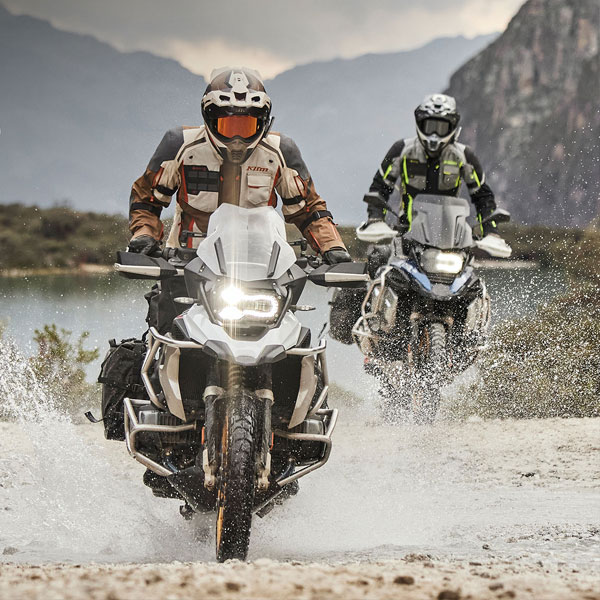
(FAQs) about street-legal dirt bikes
1. What is a street-legal dirt bike?
- A motorbike that has been modified or built to comply with the rules for usage on public roads is referred to as a street-legal dirt bike. To abide by traffic laws, it has features like headlights, turn signals, mirrors, and a license plate holder.
2. Can I ride a street-legal dirt bike on both roads and off-road trails?
- Yes, it is a benefit having a dirt bike that is street legal. You may take it off-road for riding on dirt trails as well as on paved highways for commuting or touring.
3. How does a street-legal dirt bike differ from a regular motorcycle?
- Street-legal dirt motorcycles often include characteristics like longer suspension travel, knobby tires, and increased ground clearance to tackle off-road conditions. They also have the additions required for on-road use that are street-legal.
4. Do I need a special license to ride a street-legal dirt bike?
- A motorbike license is often required to ride a street-legal dirt bike on public roads. Location-specific licensing requirements may differ.
5. What are some common modifications needed to make a dirt bike street legal?
- Common alterations include the installation of headlights, turn signals, mirrors, a horn, a license plate holder, and an exhaust system that complies with regulations. There can also be a need for emissions compliance.
6. Can I convert my existing dirt bike into a street-legal one?
- A dirt bike may frequently be transformed into a street-legal motorbike by adding the required parts and going through an examination to guarantee compliance with traffic laws.
7. Are street-legal dirt bikes as capable off-road as traditional dirt bikes?
- Although conventional dirt motorcycles are more designed for going off-road, street-legal dirt bikes may still be used for off-road travel. Their off-road performance might be impacted by their on-road attributes.
8. What types of riding are street-legal dirt bikes suitable for?
- A variety of riding activities, including commuting, touring, adventure riding, trail riding, and even certain off-road events, may be done on street-legal dirt motorcycles.
9. Are street-legal dirt bikes available in different engine sizes?
- Yes, there are multiple engine capacities available for street-legal dirt motorcycles to accommodate different riding styles and ability levels. Typical engine sizes include those of 250cc, 450cc, and 650cc.
10. Are there any restrictions on where I can ride a street-legal dirt bike off-road? – Local laws and land access rules may apply in off-road riding areas. It’s critical to confirm any limitations or obligations with local authorities or landowners.
11. Are street-legal dirt bikes as fuel-efficient as regular motorcycles? – Depending on the model and engine size, fuel economy might change. While some street-legal dirt motorcycles may prioritize performance, others may feature engines that are more fuel-efficient.
Yes, a lot of well-known motorcycle producers provide street-legal dirt bike versions that adhere to road regulations.
Please be aware that each nation, state, and area may have different rules and specifications for street-legal dirt motorcycles. When modifying or operating a street-legal dirt bike, it’s essential to learn and abide by local rules and ordinances.
